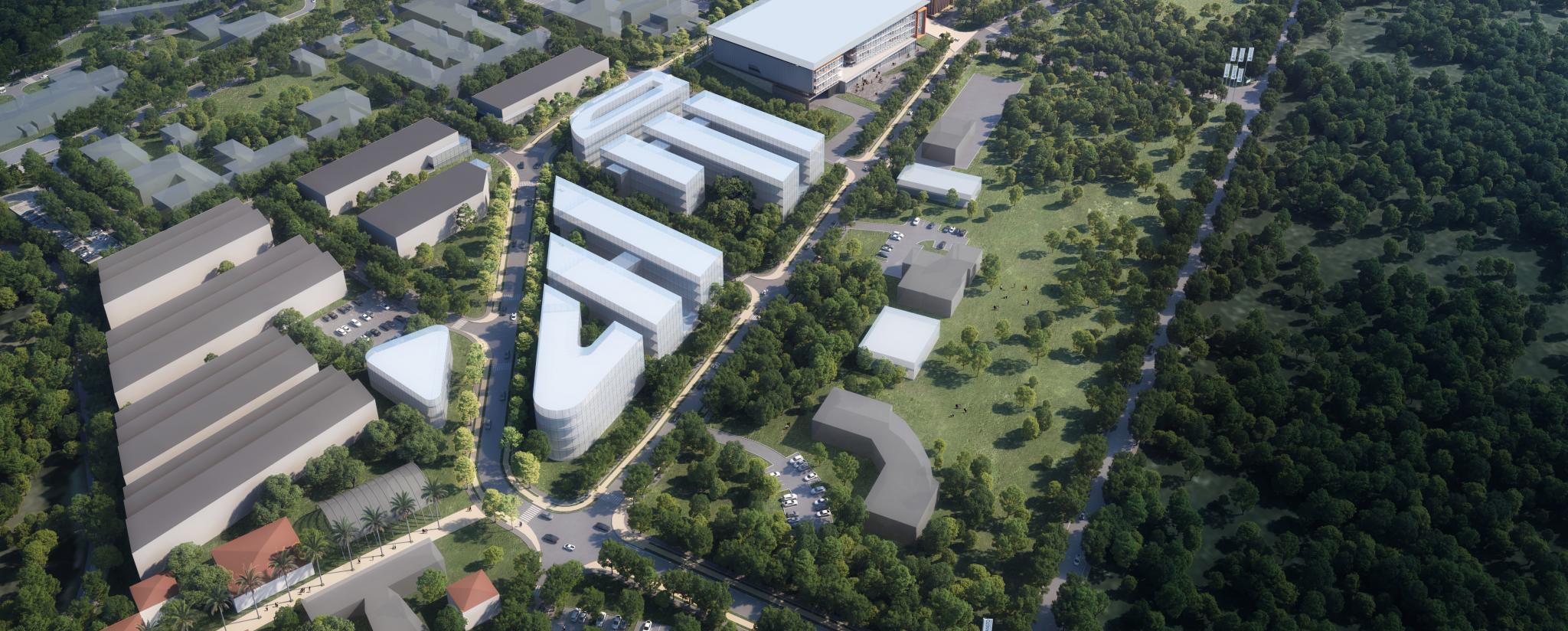 The Australian Nuclear Science & Technology Organisation has begun remediation activities at its Lucas Heights facility near Sydney.
The Australian Nuclear Science & Technology Organisation has begun remediation activities at its Lucas Heights facility near Sydney.
ANSTO says this is part of an approved project to remove general solid waste, building waste, and some mineral sands used in rare earth metals research, to make way for future site redevelopment. ANSTO plans to manage truck movements, ensure effective traffic flow, reduce noise, suppress dust, and monitor air quality to maximise safety and minimise inconvenience.
The mineral sands comprise monazites were brought to ANSTO for process development, in studies on the extraction of rare earth metals. Monazites classed as are Naturally Occurring Radioactive Material (NORM). Australia has long been involved in this research area as rare earth metals are important in the mining and refining industries.
The bulk materials were subsequently stored underground onsite.
However, this part of ANSTO’s campus has been earmarked for redevelopment, and so the materials need to be safely removed. The NORM involved is comparable to the amount of radioactivity found in concrete aggregate – a granite-like material often referred to as blue metal.
The ANSTO project team has planned the safe remediation of the site using proven, standard techniques. The plans, reviewed by the independent nuclear regulator, will be carried out by expert contractors. The general waste and mineral sands are being transported to appropriate waste facilities. The work is expected to be completed by 22 May.
ANSTO plans to expand its deep technology Innovation Precinct.
As part of the plan, co-location opportunities are being made available for universities, start-ups, and businesses, to design and build their own fit-for-purpose office, laboratory, manufacturing, or warehouse facilities. As such, some ageing infrastructure onsite will be removed to accommodate this development.
ANSTO is one of Australia’s key research institutions. It has operated nuclear reactors for research and isotope production since the 1950s. Its current OPAL multi-purpose research reactor, supplied by Argentina’s INVAP, began operation in 2006. Other facilities include the Australian Centre for Neutron Scattering; the Australian Synchotron; the Centre for Accelerator Science; and the National Deuteration Facility.
Image: Artist's impression of the Lucas Heights Innovation Precinct (courtesy of ANSTO)






